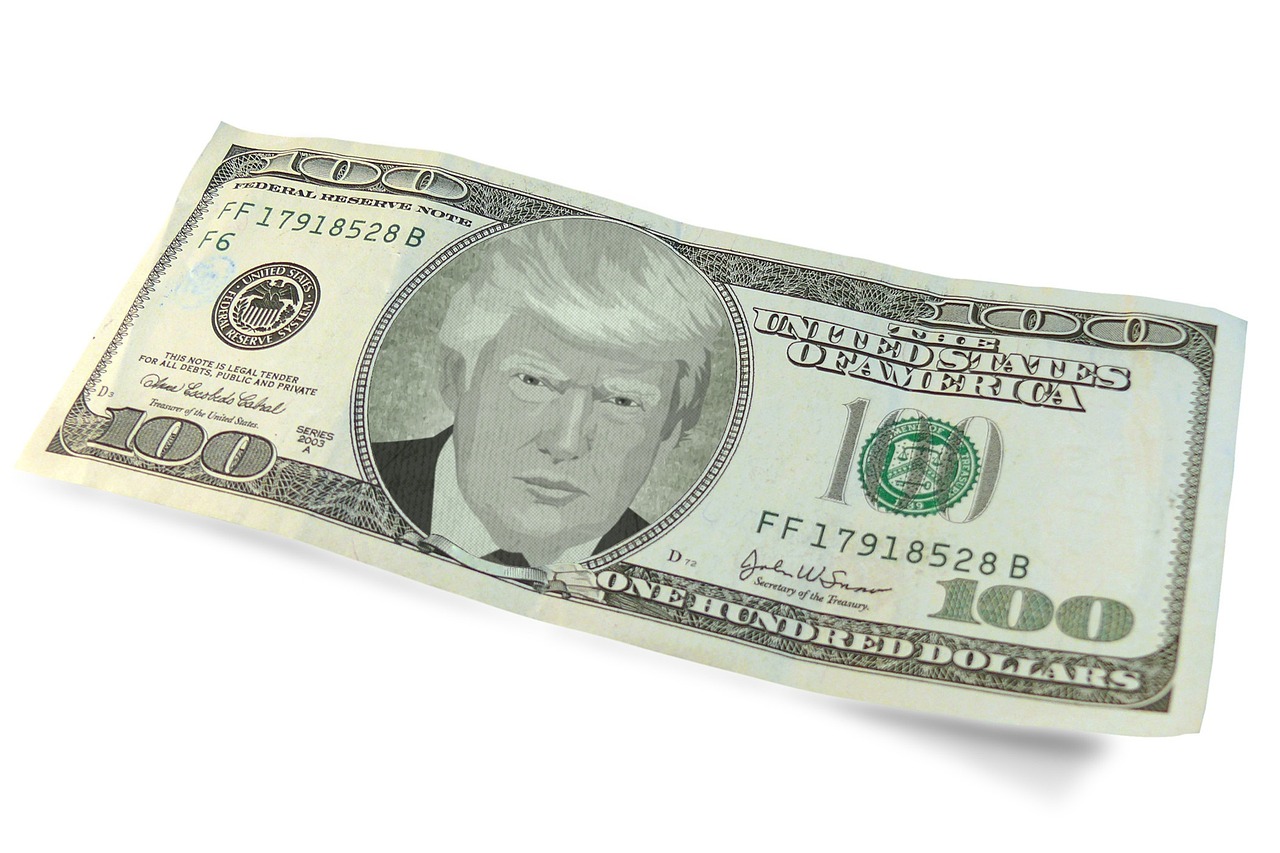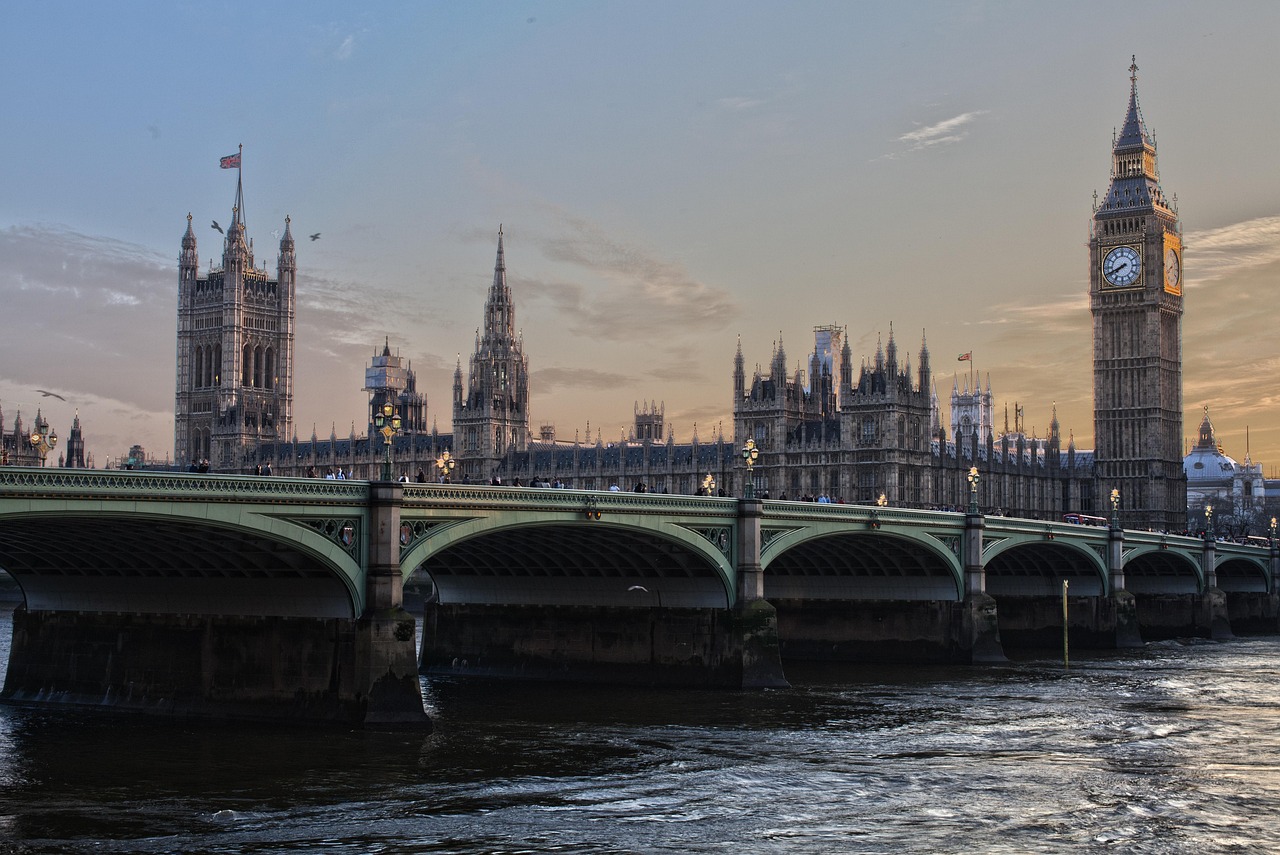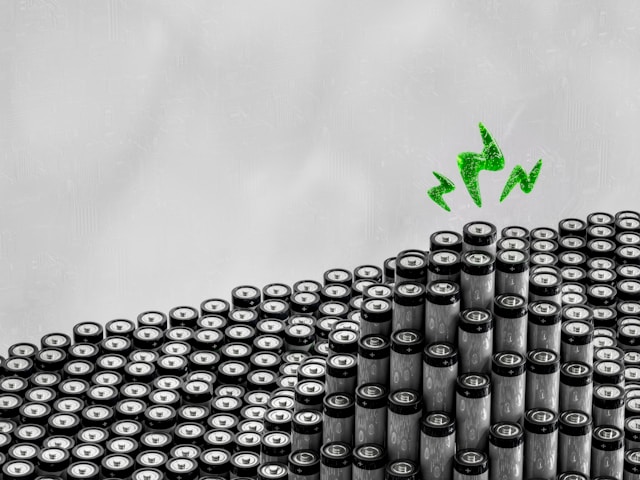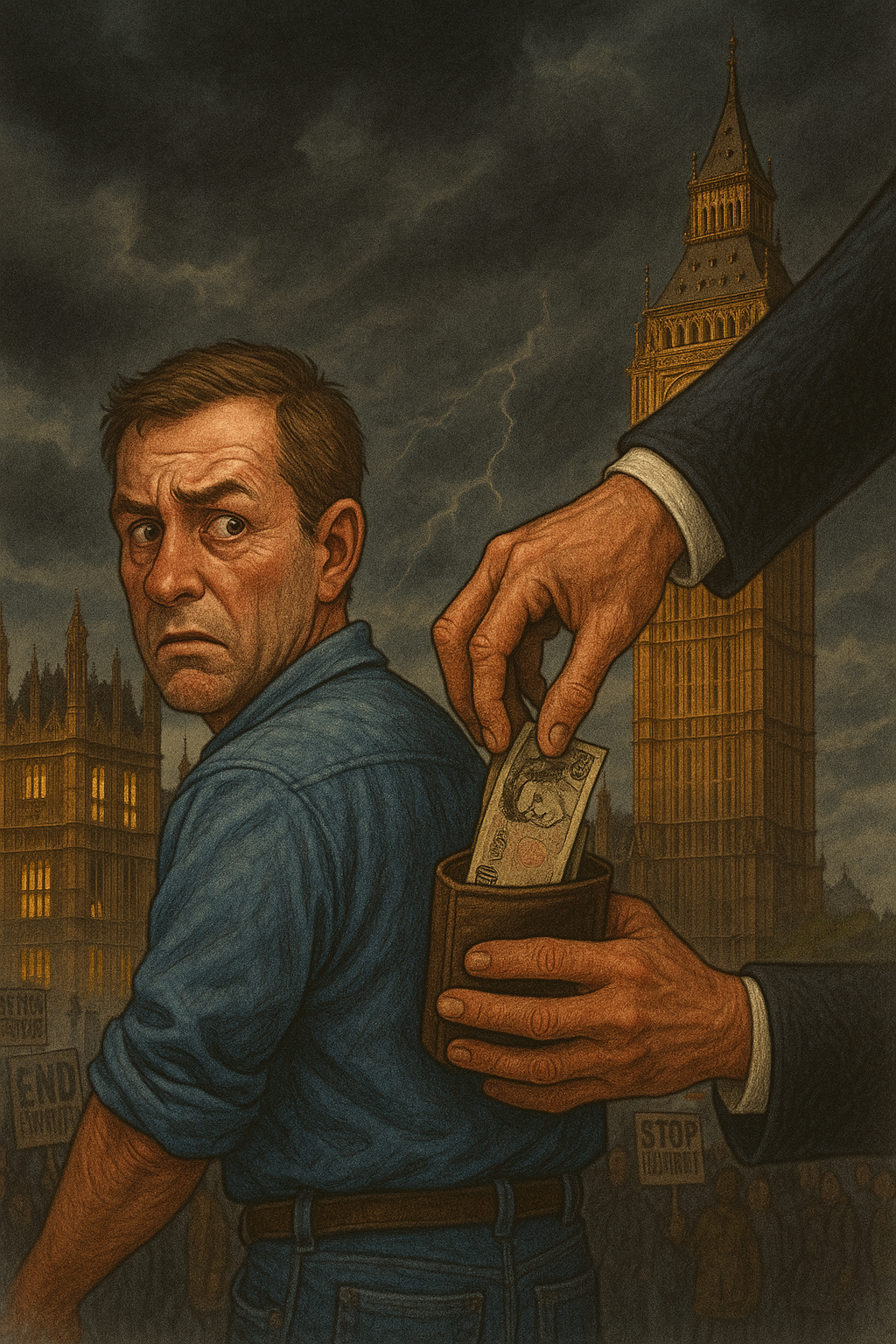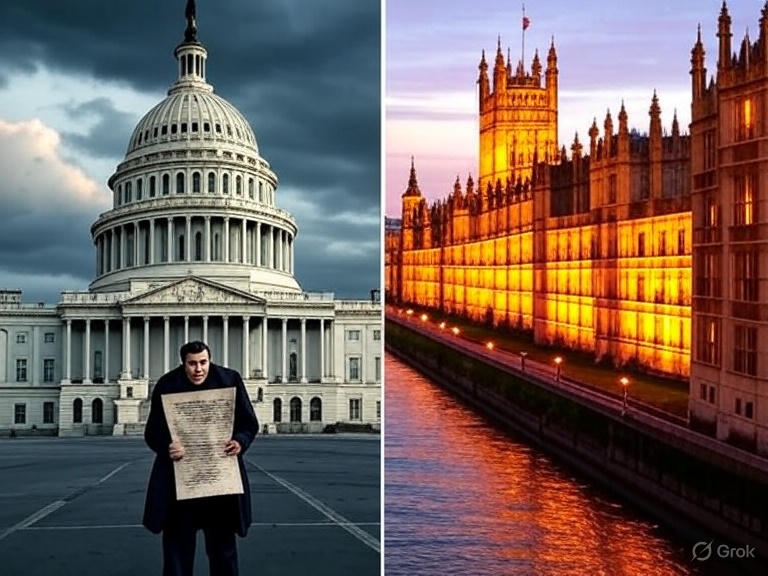Most economists and business executives from around the world have dismissed the recent aggressive neo-protectionist agenda as lacking credibility. Nevertheless, this has retained support among Republican voters, sustained by the image of a bold and determined Trump, willing to assert US power on the global stage and confront market forces. A segment of his electorate believes that tariffs are an excellent tool for international leverage and that, during these 90 days of suspension from their application, the United States will dictate the terms of any potential trade agreements. According to the President, the declines in stock markets and the emergence of recessionary forecasts for the US economy are merely a calculated initial phase of his plan of economic revolution, aimed at restoring the nation’s industrial capacity. However, the timing of his announcement on 9 April to suspend tariffs presents a contradictory narrative, as it coincides precisely with a sharp increase in the 10-year Treasury yield, which reached 4.5%.
Tom Clougherty, Executive Director of the Institute of Economic Affairs, likely had a point when he suggested, in the institute’s weekly podcast episode dedicated to Trump, that this sudden halt represents the first moment of caution that the administration needs to take. While stock market turbulence has been portrayed, with populist rhetoric, as Wall Street’s rebellion against a president “finally prioritising Main Street”, uncertainties in the bond market necessitate more careful reflection, given its magnitude and centrality to any government’s operations.
The United States holds the highest absolute debt globally: $36.2 trillion, equivalent to 124% of its GDP. This massive sum is raised in financial markets through the issuance of bonds, considered among the safest financial instruments in the world. The interest portion of this debt ($1 trillion) increasingly burdens government budgets, with expenditures recently surpassing those for the Pentagon. Moreover, 2025 will be a critical year for US finances, as over a quarter of its debt, $9.2 trillion, will require refinancing, most of which will be secured through medium- and long-term bond contracts. A particularly high interest rate could thus pose a significant obstacle to future government spending plans, making it in Trump’s interest to contain volatility in these instruments. And while Trump vehemently criticises the Fed Chair, urging a reduction in interest rates, his administration and economic plan face a genuine dilemma.
In October 1959, Belgian-American economist Robert Triffin highlighted the various vulnerabilities undermining the Bretton Woods system with the gold-pegged dollar, presenting what would later be studied as the “Triffin Dilemma.” This dilemma, with slight approximation, remains relevant today in a different monetary system characterised by fiat currencies and variable exchange rates. It posits that a currency serving as a global reserve cannot sustain its international position without incurring growing account deficits in its domestic economy. As the dollar is the international reference currency, its demand is constantly high, strengthening the dollar but making domestic exporting companies less competitive. This leads to the trade deficit that Trump fervently seeks to combat, as its prolonged existence has contributed to deindustrialisation. Thus, the notion of the dollar as a global reserve is promoted as a “burden” or a “favour” naively granted by the United States to the rest of the world, something to be shed to make America great again.
However, this narrative is, as often with this administration, severely superficial. The adoption of the dollar as a reserve currency has indeed brought immense benefits to the US economy, as it has facilitated access to financing at lower costs in the bond market. Financing that has, in turn, built the country’s technological, financial, and tertiary sector dominance. Global demand for dollars has enhanced the US net international investment position and consistently kept Treasury prices high with a “premium”, that is, the yield differential compared to central bank official rates, very low.
Certainly, the real economic impact of the dollar as a reserve currency is more nuanced and multifaceted than simplistic narratives suggest, whether portraying it as a historical burden for which the US deserves compensation or, instead, as an “exorbitant privilege”, echoing former French Finance Minister Valéry Giscard d’Estaing. The Triffin Dilemma teaches that a country whose currency also serves as the global reserve faces a trade-off between its trade balance and interest rate curve. To maintain financial equilibrium and enjoy cheaper financing, the US economy must deal with trade deficits and attract foreign investments. Conversely, to favour domestic industrial and export activities, it must forgo some of the financial market benefits it has enjoyed in recent decades.
Trump’s boldness and audacity will have to face the unforgiving movements of the markets, which, as my experience as an Italian citizen teaches me, can rapidly push any country to the brink of crisis. Moreover, his schizophrenic approach to global politics is undermining the financial reputation of the Treasury, which is no longer perceived as the safest asset for a more risk-averse portfolio. Geopolitical tensions, as well as the participation of the US in the Russian asset freezing that occurred at the beginning of the Russo-Ukrainian conflict, have already convinced China to reallocate 50% of its credit position towards the United States into other financial instruments deemed more secure.
With the dollar down 9% since the beginning of the year and Treasury yields rising despite recessionary expectations, Trump’s dilemma is more pronounced than ever. We may get the answer in 50 days…





